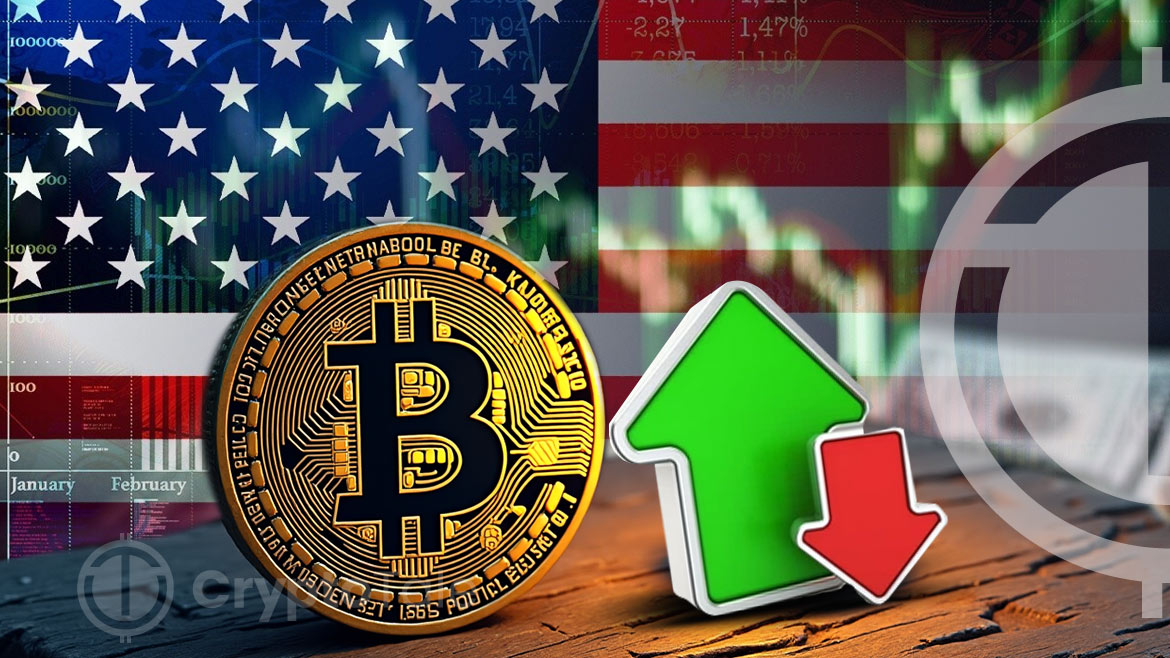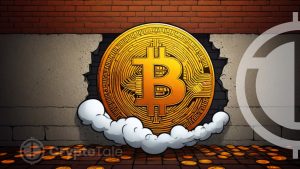
The Price of Bitcoin versus the U.S. Consumer Price Index (CPI) has moved in tandem for the last few years. The US CPI, an essential product for monitoring inflation, fell to 2.5% in August 2024. This was the fifth straight month in which the inflation rate had come down. However, Bitcoin price fluctuation indicates investors’ perceptions about inflation and economic stability.
Bitcoin Price Moves Alongside CPI Trends
As seen from the graph by Lookonchain, the relative price of Bitcoin is positively correlated with the U.S. CPI (YoY). These metrics are directly proportional to each other as revealed in the graph. This was especially realized when inflation rates rose during the year 2021 and so did the price of the Bitcoin. BTC was at its highest in the later part of 2021, which was also the time that the inflation rates were slightly higher.
The U.S. CPI(YoY) in August was 2.5%, falling for 5 consecutive months.
— Lookonchain (@lookonchain) September 11, 2024
Here is a graph showing the relationship between the $BTC price and the U.S. CPI(YoY). pic.twitter.com/e24Ch0qyto
In terms of price change, Bitcoin had very steep inclines between 2020 and 2021. These movements happened when inflation was realized to be on the rise in the U.S. The inflation rate went over 9% in mid-2022, showing that inflation was across the economy. During this period, the price of Bitcoin increased as investors considered it an inflation hedge asset. The link between inflation fears and the increase in the demand for bitcoins became even more apparent as inflationary pressures intensified across the world.
The decrease in inflation had the same effect on Bitcoin’s price by slowing its growth. The inflation rates started to decline by the end of 2022, and Bitcoin’s price range became stable, though it was characterized by many fluctuations. The reduction in inflation suggests that Bitcoin’s attractiveness as an inflation hedge might have lessened, but the volatile nature of the asset remains of interest to traders and holders.
US CPI Report Sparks Bitcoin Price Fluctuations Amid Social Media HypeRecent CPI Drop and Bitcoin Price Reactions
As of August 2024, the U.S. CPI dropped to 2.5%, marking a significant cooling of inflation. This decline is also a result of a broader trend witnessed after the Federal Reserve implemented a high rate hike. All these measures were intended to help reduce inflation and bring it within the desired range of 2 percent.
However, the price of Bitcoin remains highly fluctuating even after the reduction in the inflation rate. Although inflation rates have reduced, future price fluctuations in BTC can also be determined by changes to interest rates and the global economy.
Overall, the relationship between Bitcoin and inflation has been complex. Bitcoin’s price has shown sensitivity to inflationary trends in the past. However, with inflation now returning closer to target levels, attention may shift to other economic indicators.
According to sources, inflation rates follow the same trend as Bitcoin; however, a new trend awaits the market. Other events and progress on the macroeconomic level in the global market, and the US Federal Reserve in particular, will also impact Bitcoin.














